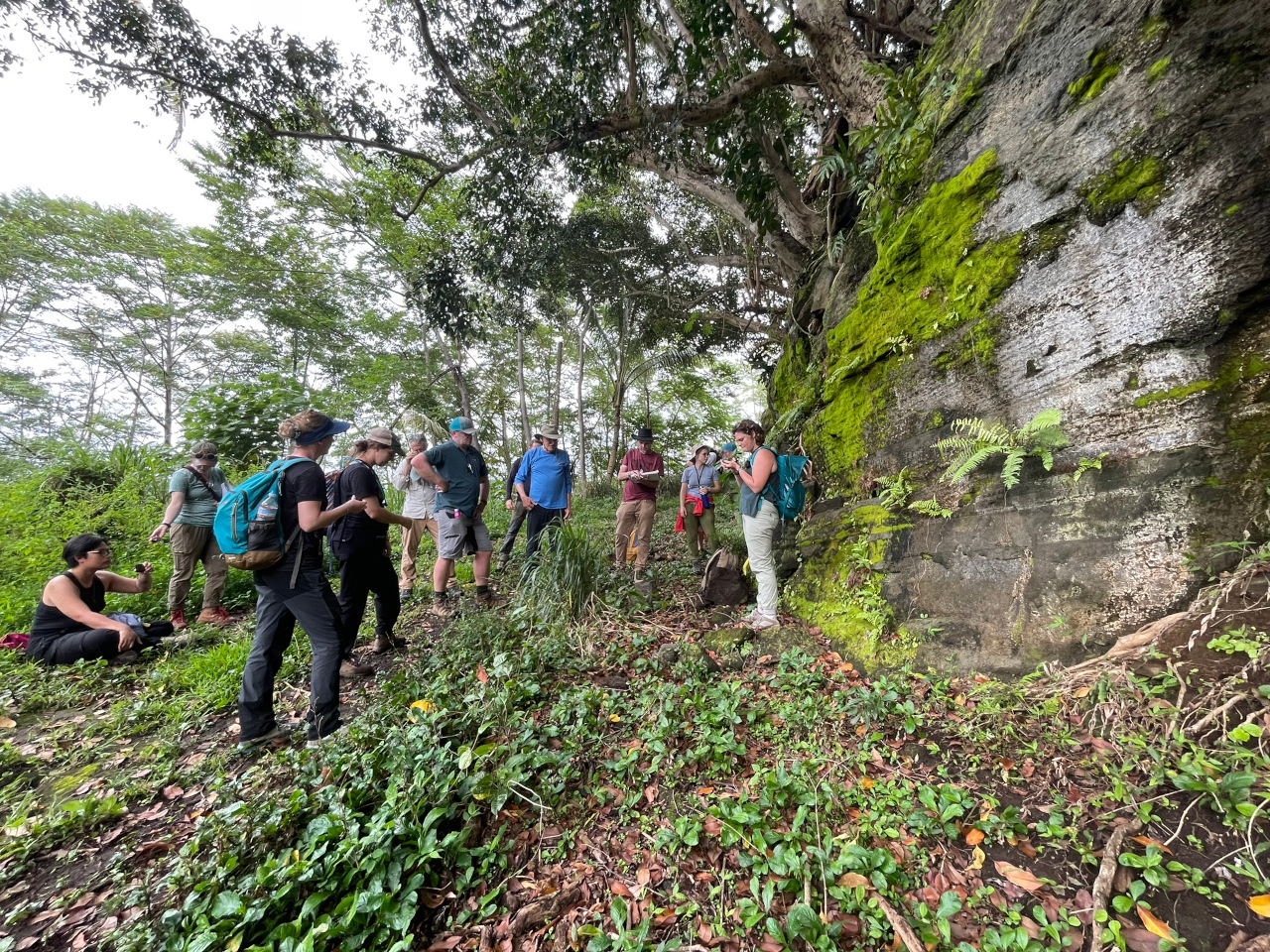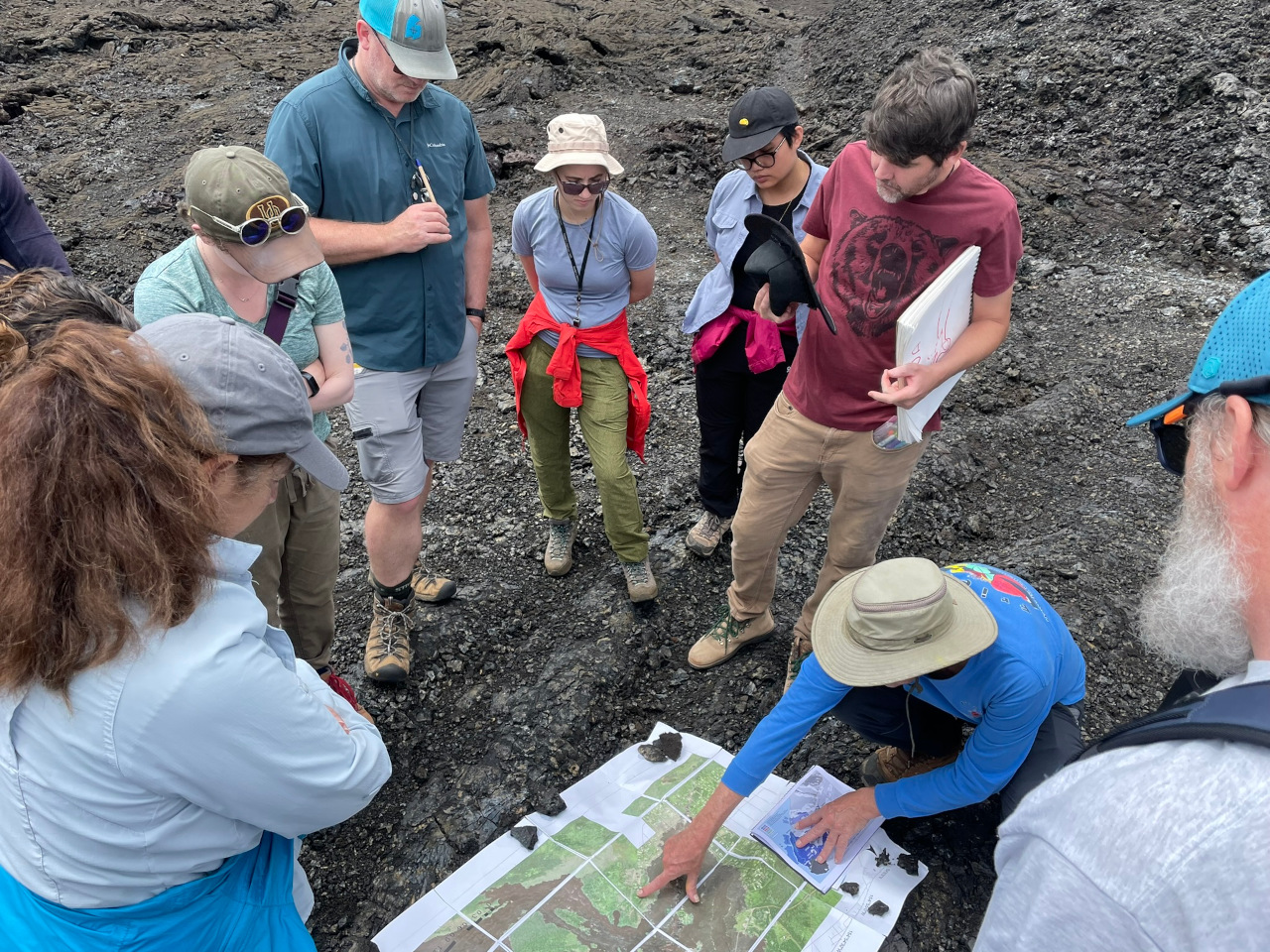Starliner was the astronauts’ lifeboat if the Russian satellite was destroyed on the space station; no return date yet
Movie
Starliner was the astronauts’ lifeboat if the Russian satellite was destroyed on the space station; no return date yet
Join Fox News for access to this content Plus special access to select articles and other premium content with your account – free of charge. By entering your email and pressing ...
Genre:
Science
Quantum effects stop black holes from forming from high concentrations of intense light, physicists say
Movie
Quantum effects stop black holes from forming from high concentrations of intense light, physicists say
Credit: NASA For the past seven decades, astrophysicists have theorized the existence of “kugelblitze,” black holes caused by extremely high concentrations of light. These ...
Genre:
Science
Information Transfer through “Flickering Action at a Distance” at the Large Hadron Collider
Movie
Information Transfer through “Flickering Action at a Distance” at the Large Hadron Collider
The interior of the Compact Muon Solenoid (CMS) experiment at the Large Hadron Collider. Rochester physicists working on the detector have observed spin entanglement between top quarks ...
Genre:
Science
I’m a scientist who believes plants are sentient – here are the signs that prove they have intelligence By apkyez.com
Movie
I’m a scientist who believes plants are sentient – here are the signs that prove they have intelligence By apkyez.com
Plants have been observed to interact with their environment in ways that one scientist has claimed prove they are conscious. Paco Calvo, a professor at the University of Murcia in ...
Genre:
Science
Why do some planets have moons? A physics expert explains why Earth has only one moon, while other planets have hundreds
Movie
Why do some planets have moons? A physics expert explains why Earth has only one moon, while other planets have hundreds
On Earth, you can look up at night and see the moon shining from hundreds of thousands of miles away. But if you go to Venus, it wouldn’t be like that. Not every planet has a moon ...
Genre:
Science

